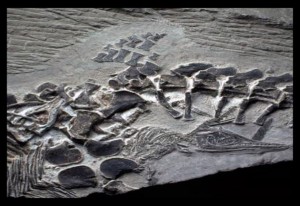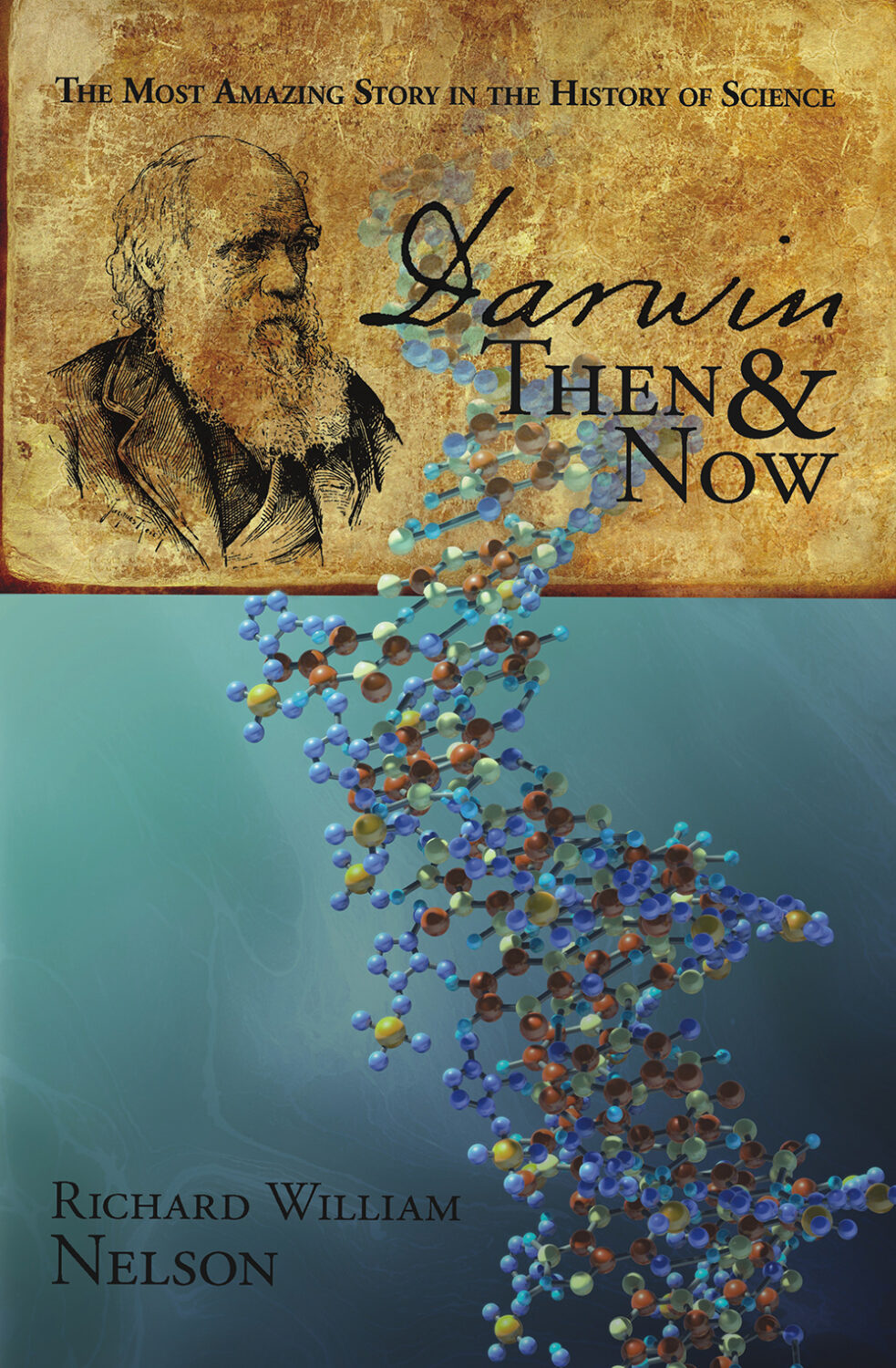by Richard William Nelson | May 8, 2014
 Charles Darwin wrestled to understand the interplay between instincts and natural selection. By observing ants, he hoped to connect the two. In The Origin of Species, Darwin argued –
Charles Darwin wrestled to understand the interplay between instincts and natural selection. By observing ants, he hoped to connect the two. In The Origin of Species, Darwin argued –
“We shall, perhaps, best understand how instincts in a state of nature have become modified by selection by considering… the slave-making instinct of certain ants.”
Ant instincts have emerged as a problem for Darwin, however, along with his other major issue, the lack of transitional links. As Darwin explains in his introduction to The Origin of Species –
“The most apparent and gravest difficulties on the theory… namely, first, the difficulties of transitions… [and], secondly, the subject of Instinct.”
Continue Reading
by Richard William Nelson | Apr 20, 2014
 In The Origin of Species, Charles Darwin envisioned that “extinction and natural selection go hand in hand.” Extinction, however, was a relatively new concept, only emerging in revolutionary France following the publication of the Essay on the Theory of the Earth in 1813 by French naturalist Georges Cuvier.
In The Origin of Species, Charles Darwin envisioned that “extinction and natural selection go hand in hand.” Extinction, however, was a relatively new concept, only emerging in revolutionary France following the publication of the Essay on the Theory of the Earth in 1813 by French naturalist Georges Cuvier.
“All these facts, consistent among themselves,” Cuvier argued, “seem to me to prove the existence of a world previous to ours… And what revolution was able to wipe it out [extinction]?”
Cuvier was a renowned French scientist who established the study of extinction as a distinct field of inquiry. When completed in time for the 1889 World’s Fair, his name was one of the only seventy-two names inscribed onto the Eiffel Tower.
Elizabeth Kolbert explains in The Sixth Extinction (2014) that the discovery of extinction made evolution seem “as unlikely as levitation,” an issue Darwin conveniently overlooked.
Continue Reading
by Richard William Nelson | Mar 20, 2014
 Over the past two decades, a treasure trove of fossils has been unearthed in China. Some of the world’s most exquisitely preserved feathered dinosaurs, birds, reptiles, and mammals have been recovered near the quiet northeastern China village of Daohugou.
Over the past two decades, a treasure trove of fossils has been unearthed in China. Some of the world’s most exquisitely preserved feathered dinosaurs, birds, reptiles, and mammals have been recovered near the quiet northeastern China village of Daohugou.
Chinese farmers first discovered the trove near this Inner Mongolian village in 1998. The following summer, two distinct salamander species were recovered. Since then, the now-infamous fossil site has been named the Daohugou Biota and has yielded more than 30 different vertebrate taxa (groups). The treasure trove of scientific evidence, however, further upends Charles Darwin’s theory of evolution “by means of natural selection.”
Continue Reading
by Richard William Nelson | Mar 6, 2014
 A new study challenges the time-honored validity of microbial resistance as an example of biological evolution.
A new study challenges the time-honored validity of microbial resistance as an example of biological evolution.
Christina Warinner of Harvard University led an international research team that investigated ancient microbes extracted from fossilized human teeth. The team included thirty-two investigators from twelve institutions in seven countries.
By comparing the microbes on fossilized human teeth, the research team found ancient microbial resistance using the exact molecular mechanisms of microbial resistance, as seen in today’s microbes.
Continue Reading
by Richard William Nelson | Feb 21, 2014
 New fossil discovery in China stuns Charles Darwin’s theory of evolution acting through “slight successive changes.” An international team led by geologist Ryosuke Motani from the University of California, Davis, published a paper in the PLOS journal earlier this month on new evidence of reptile embryos that challenges previous evolution paradigms.
New fossil discovery in China stuns Charles Darwin’s theory of evolution acting through “slight successive changes.” An international team led by geologist Ryosuke Motani from the University of California, Davis, published a paper in the PLOS journal earlier this month on new evidence of reptile embryos that challenges previous evolution paradigms.
Bordering on the Yangtze River in eastern China, just north of Chaohu City, Motani’s team discovered by accident what is thought to be the oldest known reptile. While working systematically through a slab of entombed fossils looking for a ray-finned fish known as Saurichthys, the workers accidentally fractured the slab.
Continue Reading
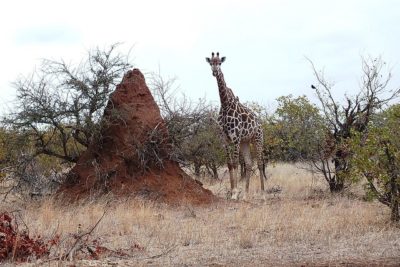 Charles Darwin wrestled to understand the interplay between instincts and natural selection. By observing ants, he hoped to connect the two. In The Origin of Species, Darwin argued –
Charles Darwin wrestled to understand the interplay between instincts and natural selection. By observing ants, he hoped to connect the two. In The Origin of Species, Darwin argued –
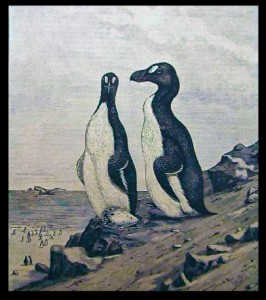

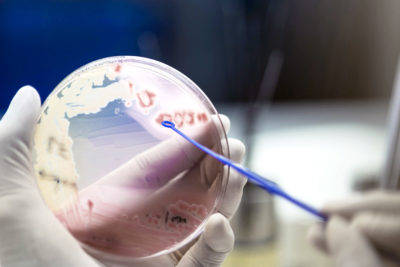 A new study challenges the time-honored validity of
A new study challenges the time-honored validity of 